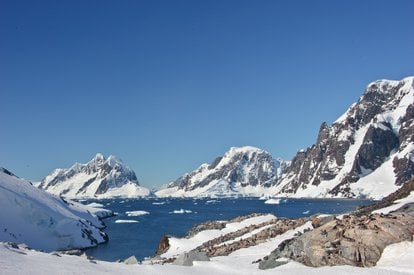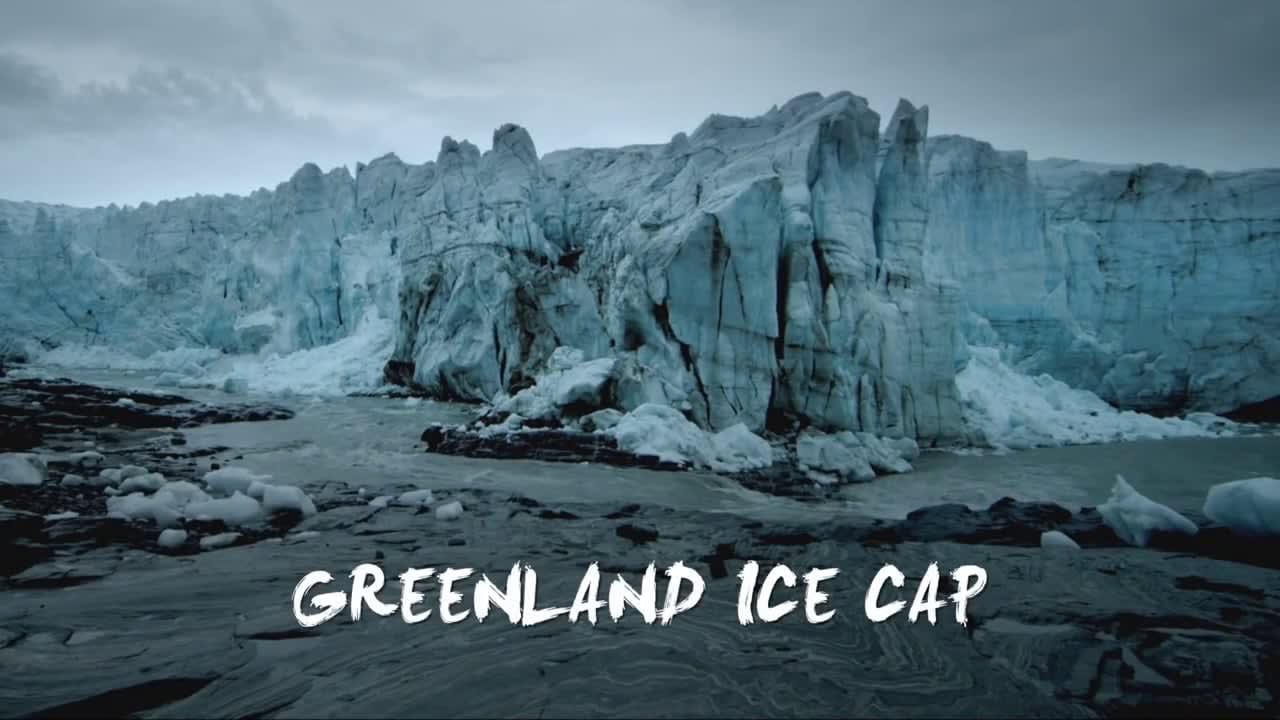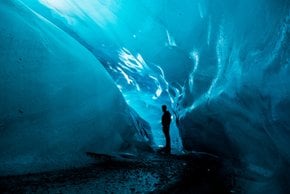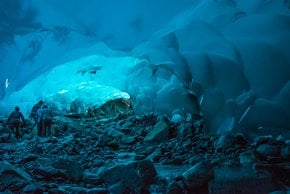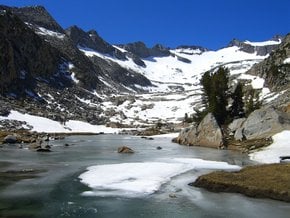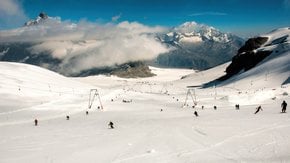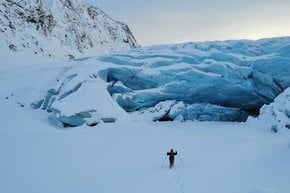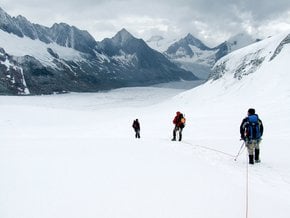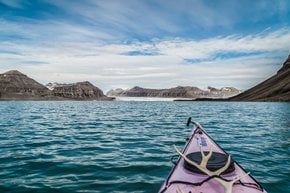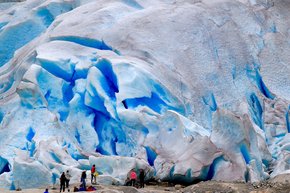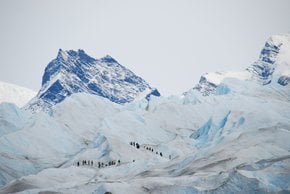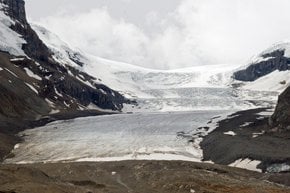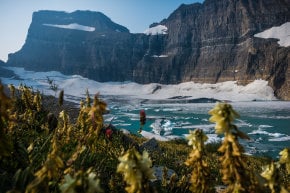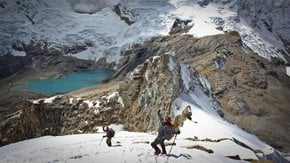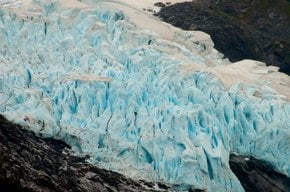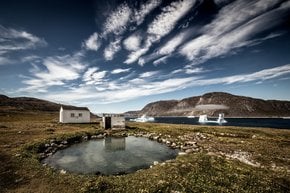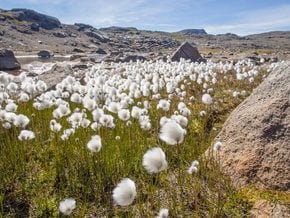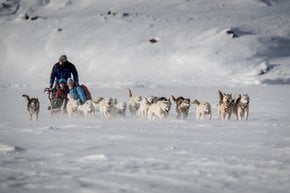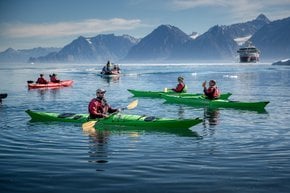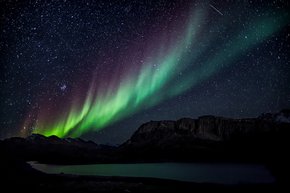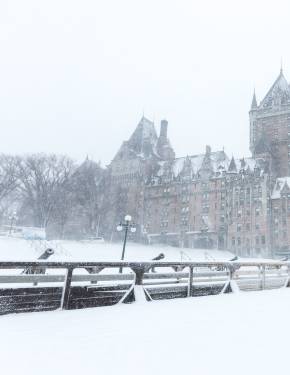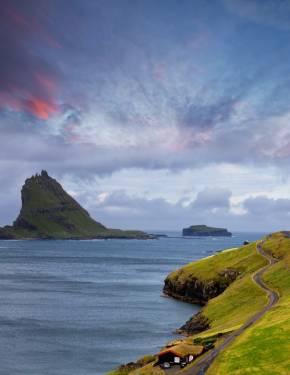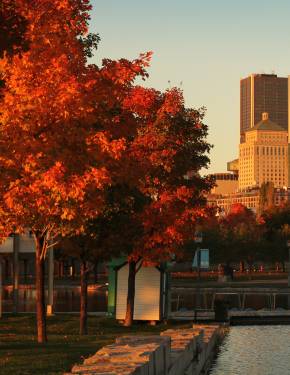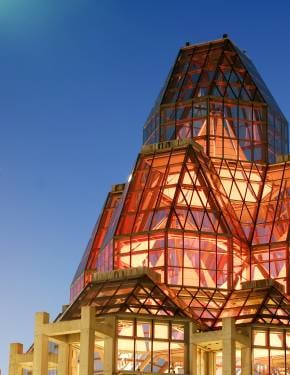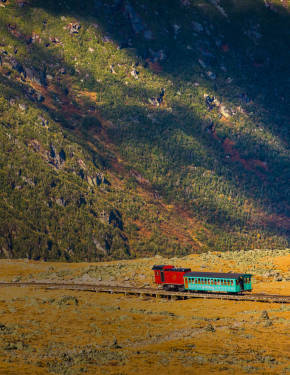Greenland Ice Sheet 2026
The best Arctic adventure ever—just you and untouched millennial glaciers, glacial lakes and ice rivers
Best time: May–October
Greenland is often perceived as a huge block of ice and snow; nearly 80% of its territory is indeed a glacier. However, the very Ice Sheet or Ice Cap is not monotonous or dull,—you'll be surprised how much color it can reveal. Blue and green ice walls, the sites of glacial lakes as well as rivers flowing inside the ice are among the most beautiful landscapes of the world.
Greenland Ice Sheet is actually the second largest glacier after Antarctica's, and one of the oldest relatively uncharted hiking areas. If you desire to escape from civilization, that's the best choice due to sparse population and untouched environment. There's also no internet or mobile connection across most of its territory. The glacier itself is believed to be 18 million years old. Upper layers of ice age back to 500 to 100,000 and even 250,000 years. It's a strange feeling to realise that you're in one of the world's oldest places, where nothing has changed for millions of years.
The Ice Sheet of Greenland has an area of 1.7 million square kilometers and contains 2.8 million cubic kilometers of ice. Around 65% of the ice lies at over 2,000 m above sea level, and only a third—below sea level. Thus, if the glacier was ever to melt, Greenland would become a ring-shaped country with a huge lake in the middle of it. As to the impact on the rest of the planet, the least fortunate would be the low-lying countries, since sea level would rise by more than seven meters.
Kayak trips and helicopter flights are some of the best ways to explore the famed glacier. But hiking is nothing to compare with. Besides great enthusiasm and good physical condition, you'll need an official permit from the government to explore the glacier on foot in an expedition. Ice Cap Tours typically run from May to October.


